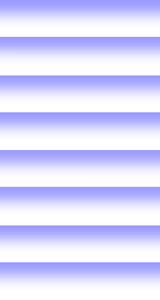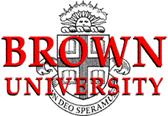|
Workshop Format
|
|
Recent developments in science and technology have advanced capabilities to both fabricate and control material systems on the scale of nanometers. These developments, in turn, have brought problems of materials behavior on nanometer scale into the domain of engineering. The field of mechanics has an important role to play in bringing new ideas to practical fruition and in enabling the technologies to meet a range of societal needs. The branch of mechanics research in this emerging field can be termed "nano- and micro-mechanics of materials". It is timely for the mechanics community to focus its thinking on the underlying challenges and to establish an effective, reliable national infrastructure on nano- and micro-mechanics of materials. Such an initiative should be led by the National Science Foundation in collaboration with the leading researchers in the field. Therefore, a workshop supported by NSF and aimed at providing guidance in this effort will be held in Palo Alto, California. |
|
Venue Sheraton Hotel, Palo Alto, CA. Dates October, 7 and 8, 1999 |
|
Nano and Micromechanics of Solids for Emerging Science and Technology |
|
Participation in this worshop is based on invitation; however, 30 seats are available for voluntary participation. Interested individuals for voluntary participation should also make pre-registration. |
|
Acknowledgment The workshop was held successfully as scheduled. The organizing committee would like to thank all those who participated for their contributions in making the workshop successful. The final report of the workshop will be posted in due course shortly. |
|
To increase interaction between participants, a new format is employed in this workshop. There are four sessions in the two-day workshop. Each session is composed of four 50-minute presentations. Each presentation is made by one presenter and one discusser. The presenter provides the topical presentation in 30 minutes and the discusser leads the discussion including his or her own presentation in 20 minutes. This is a suggested guideline; the actual time sharing and the format of discussion are up to the pair. All other participants will take part in discussions and writing comments on the provided notes. |


